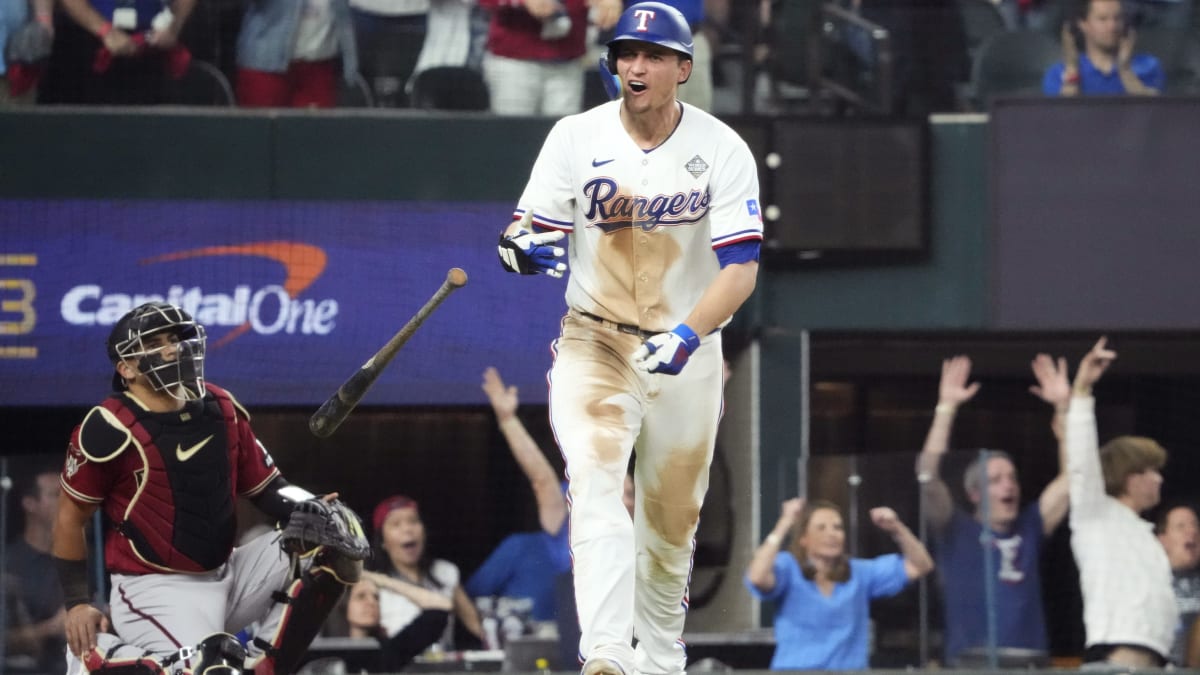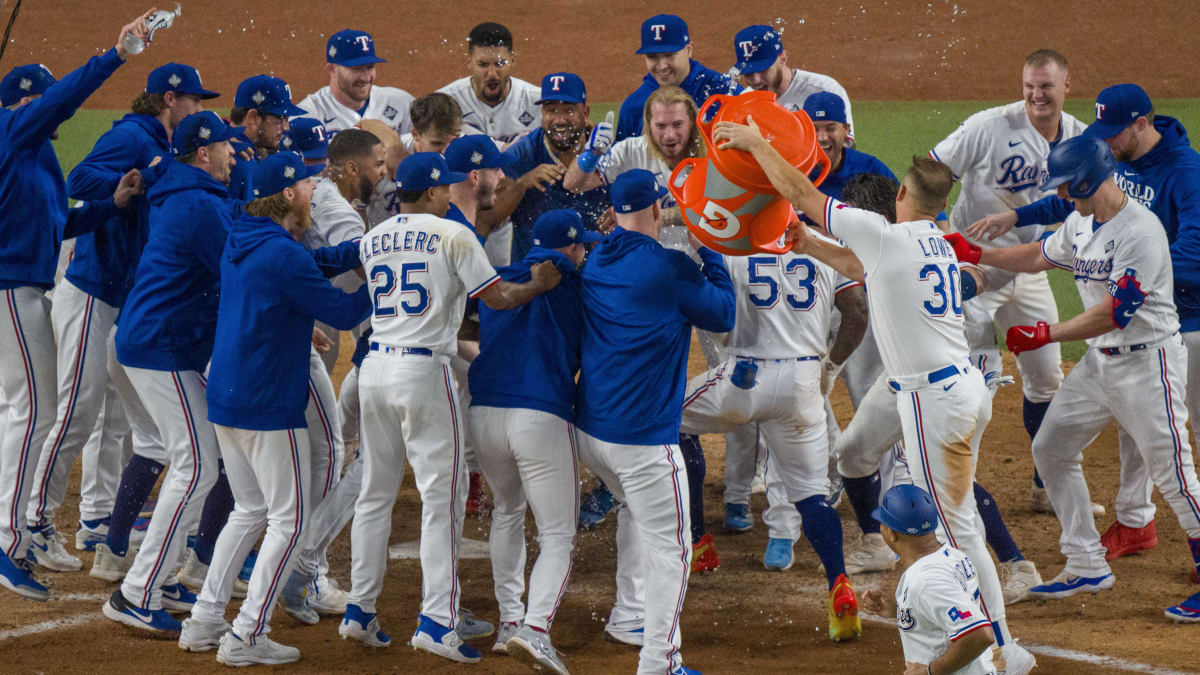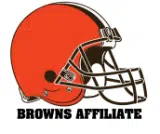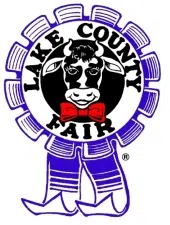Home runs are bolts of lightning. They are slot machines that pay, winning scratch-off lottery tickets and a parking meter with time left on it. Sudden gratification. A jolt you don’t see coming.
Unless it was the game-tying, jaw-dropping home run Texas shortstop Corey Seager hit in the bottom of the ninth inning in World Series Game 1 Friday night. It was two days in the making. It took a perfect storm of preparation for this bolt to strike.
Seager’s home run made possible another claim by teammate Adolis García that this postseason is his personal property, the way 2011 was for David Freese and 2013 was for David Ortiz. García homered in the 11th inning, his fifth straight postseason game with a homer, to beat Arizona, 6–5, in a game the Diamondbacks should have had in their back pocket.
The win wasn’t possible without Seager hitting a historic homer. He smashed only the eighth home run that tied a World Series game in the bottom of the ninth down multiple runs, the first time since lightning struck twice against—get this—the Diamondbacks 22 years ago, when Tino Martinez and Scott Brosius of the Yankees went yard off Byung-Hyun Kim. Playing the role of Kim this time was the latest Arizona closer, Paul Sewald.

Rob Schumacher/The Republic/USA TODAY NETWORK
“He was really prepared for that,” said Rangers hitting coach Donnie Ecker said of Seager. “He prepared for Sewald on Wednesday.”
Sewald throws a fastball with some of the best ride in the game. He creates an extreme vertical attack angle by throwing a high-spin pitch from a low release point to the top of the strike zone. It is similar to the one thrown by Astros pitcher Cristian Javier, whom the Rangers knocked from ALCS Game 7 in the first inning. They hung three runs on Javier, the first when Seager jumped one of those high fastballs with an extreme vertical attack angle for a home run.
The prep work for Sewald on Wednesday included a hitters’ meeting in which the Rangers repeatedly called Sewald “Javier”—that’s how similar are their fastballs.
“On Wednesday we had a big meeting on how he actually … we just called him Christian Javier the whole time,” Ecker said. “We just treated him like Javier. Kind of talked about it on Wednesday, how outlier the look is, and he shows up on Friday.”
To prepare for Javier—er, Sewald—the Rangers also broke out the $15,000 pitching machine that throws foam balls. Because the foam balls are lighter than baseballs, they don’t sink as much, which means they do a better job of mimicking Sewald’s gravity-fighting path of his heater.
As he did prepping for Javier, Ecker talked to the Rangers about swinging at a point “three or four baseballs” above where they expected it to be.
Texas hitters in the meeting also talked about selling out on Sewald’s fastball. Sewald is a two-pitch pitcher, using roughly a 60-40 split of fastballs and sweepers. Hitters don’t have to worry about a third pitch, such as a changeup. Rather than react to one or the other, they would sell out on one pitch before reaching a two-strike count.
“Yeah, foam balls are good for preparing for it,” Texas first baseman Nathaniel Lowe said, “but I feel like you just have to have a really good plan going in. You have to be okay with looking like an idiot on a slider if you’re really going to sell out for a fastball. So early in the count, you need to pick one or the other and get after it.”
Said Ecker, “I always like Corey [Seager] in that spot against Sewald. In particular, you don’t have to solve for a changeup with him. So, you know, it’s two really good pitches.”
Seager stepped in against Sewald with one out and Leody Taveras at first base. Sewald had made the unforgivable mistake of walking the No. 9 hitter to bring the tying run to the plate and the top of the order coming up. Hello again, Mike Davis, who Dennis Eckersley walked ahead of Kirk Gibson in a World Series Game 1 35 years ago.
There was one thought on Seager’s mind: get on top of the fastball. With a two-pitch pitcher, you have a 50% chance of being right anticipating a pitch—60% if you pick Sewald’s fastball, based on his pitch usage, and even higher if it’s the ninth inning and Sewald is closing a World Series game. The fastball is his best pitch. Pride and confidence push a pitcher in the hottest moments to go with his best pitch. Seager knew it. The Texas bench knew it.
“I’m thinking, if he touches it, we’re tied,” Lowe said.
“I said to somebody next to me, ‘Fastball pitcher, really good first-pitch fastball hitter … This could be really special,’” said Texas pitcher Ian Kennedy. “The words were barely out of my mouth when … boom! Oh my goodness, he obliterated that baseball.”

Jerome Miron/USA TODAY Sports
Seager is such a habitual first-pitch swinger that even he finds the humor in it. When Seager missed 2018 with Tommy John and hip surgeries, he had a lot of time on his hands. He blew up to 250 pounds. He played video games. And he and teammate Ross Stripling hacked MLB: The Show to create a Corey Seager player that swung at the first pitch every time.
In the ALCS, Seager hit .444 on first pitches and slugged .778. Since 2020, nobody has homered off more first pitches than Seager (30).
Sewald knew Seager would be swinging. The world knew Seager would be swinging. Sewald remained true to his best pitch—or is it stubborn?
Seager had been 0-for-5 against Sewald, with all the at bats except one ending on a breaking pitch. Seager dug in and sat on the Sewald high fastball and waited for it. With his wide, solid batting stance on top of the plate, Seager affects the posture of somebody barricading a door. He looks properly menacing even before he swings, especially when he is seeing the ball as well as he is this postseason.
Sewald threw his best fastball. It came whizzing home on that weird, imaginary zip line of his to the very top of the strike zone. Since Sept. 23, 2021, when Matt Olson hit one out, Sewald had thrown 335 consecutive fastballs at least that height without giving up a home run. Two years and one month’s worth of high fastballs that were homer-proof.
“Nine times out of 10, it’s a pop-up,” Kennedy said.
Said Lowe, “It’s a pretty widely known thing: if you’re under Sewald’s fastball you’re in trouble. It’s one thing to look for it. It’s another thing to hit it. He’s made his living doing that, getting guys to pop up or get underneath it entirely.
“I’ve been frustrated many a time while he was in a Mariners’ uniform, being underneath his fastball. I got on top of one at their place for a single earlier this year. But you know, it’s something you really truly need to try extra hard even though obviously it’s 92 [mph]. It’s not looking like a blazing 98 on the scoreboard, but it plays up.”
Seager crushed it into the second deck in right field. On the face of it, the home run seemed so predictable—a first-pitch fastball in the zone to Seager? Really? With a man on and a two-run lead?— that even Arizona manager Torey Lovullo after the game second-guessed himself for not walking Seager.
“That’s what I was talking to [my] front office about in my office,” he said. “In the fantasy land, knowing the outcome and you’re trying to prevent a two-run home run to stay in the game, yeah, you feel like, you put him on and you’ve got first and second with some very capable hitters behind him, which you’ve got to be careful of.
“I think, if I’m sitting there as a Monday morning quarterback, I’m thinking about it now. But I was thinking with a very clear head, make pitches, bring our closer into the game and we’ll get a couple of outs here and march off the field. That was my mindset.”
If Lovullo had walked Seager, Sewald still would have needed to deal with Evan Carter and García as the potential winning run. No, you cannot walk Seager there. The pitch was not a terrible pitch. How could it be terrible if nobody homered off it for more than two years? The tying blast was more a function of Seager’s preparation and extraordinary hitting skills than a Sewald failure.
“I think he’s unique because he can get to certain angles that other people can’t get to,” Ecker said.
Said Lowe, “That’s why you pay top dollar for a top-tier performer. And you get a top-tier performance when you need it most … It’s just Corey doing Corey things. I mean, he and Adolis [García] hit good pitches. To get back-end guys in the postseason? That rarely happens. It’s amazing. What a hitter. Oh, my goodness what a hitter.”
The Rangers signed Seager to a 10-year, $325 million contract after the club lost 102 games. He and fellow middle infielder Marcus Semien were picked as the pillars of the franchise’s renovation. Semien is the emotional rock of the team, a mentor and leader. Seager is the stoic. He is fanatic about his routines. He can seem as programmed as his avatar in MLB: The Show.
Make no mistake, though, Seager cares about winning with molten intensity. When he homered off Javier, he invigorated the dugout with a rare display of emotion around the bases. Garbo talks; Seager emotes.
And then Friday night, away from the cameras, Seager let manager Bruce Bochy know what he thought of the night. Barefoot, Seager was wearing a T-shirt and his game pants, with infield dirt still thick down the front of them. As he walked past Bochy in a hallway outside the manager’s office, the two of them bumped fists as Seager spoke in a low but firm voice.
“That,” he said, “was f—ing fun.”
On the wall next to them was one of the aphorisms and tenets that general manager Chris Young has strategically placed at eye level around the labyrinthian clubhouse facilities. This one asked, “What’s Going to Make Us Different Today?”
The answer was barefoot, still caked in dirt and the glory of a World Series home run that will never fade.


















